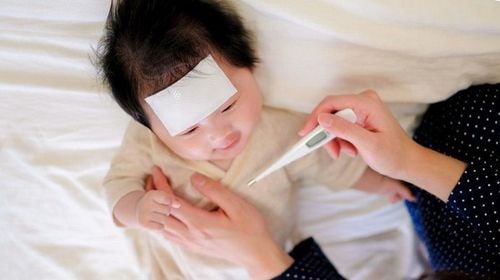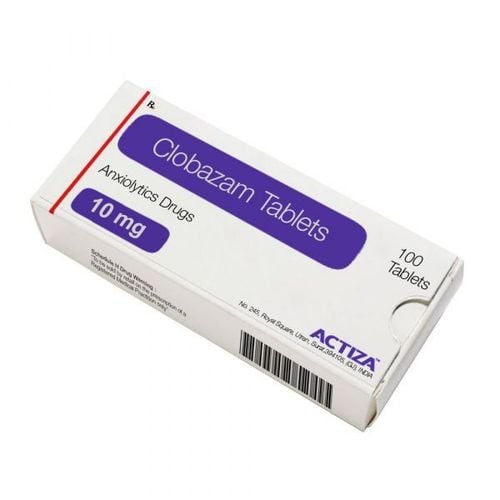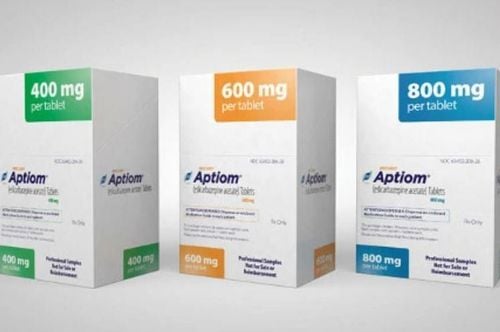This is an automatically translated article.
The article is written by Master - Doctor Le Van Binh - Doctor of Intensive Care Department - Vinmec Times City International General Hospital.
Seizures are the most common neurological emergency in children. In which, the most severe is the continuous convulsion when the partial or general convulsion lasts for more than 30 minutes or many consecutive convulsions without waking interval.
1. Diagnosing the cause of convulsions in children
Complications of convulsions are cerebral hypoxia, fatal airway obstruction. The causes of convulsions are diverse, the most common in children is febrile convulsions.
Before a child has a seizure we must ask for the history, medical history and physical examination as well as order laboratory tests to diagnose the cause of the seizure.
1.1 History of febrile convulsions Seizures Metabolic disorders Head trauma Toxic exposure Psychomotor development. 1.2 History Fever, diarrhea, anorexia Seizure nature: General, localized, generalized or localized, seizure duration.
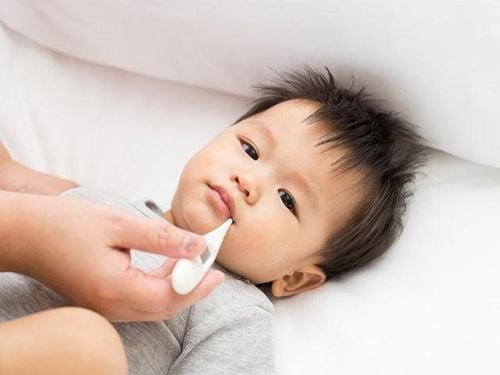
2. How to handle a child with a convulsion?
2.1 Provide respiratory support Place patient in supine position with head supine Place tongue depressor with gauze (if convulsive) Suction sputum Give oxygen Intubate to help with breathing if oxygen fails or has apnea.
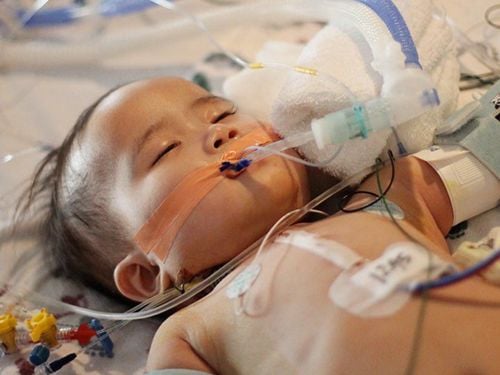
2.2 Stop seizures Diazepam: 0.2 mg/kg/intravenous dose. In cases where intravenous injection is not possible, an anal pump can be given at a dose of 0.5 mg/kg/dose. If not effective after first dose of Diazepam repeat 2nd dose after 10 minutes, up to 3 doses. Maximum dose: Children < 5 years old: 5mg; Children > 5 years old: 10mg. Switch to intensive care immediately after administering Diazepam at a total dose of 1mg/kg without stopping convulsions. Or Midazolam dose 0.2 mg/kg/time slow IV. If there is no response, the above dose can be repeated. Midazolam maintenance infusion dose: 1 μg/kg/min gradually increased until a response does not exceed 18 μg/kg/min. Neonates prefer Phenobarbital 15 - 20 mg/kg IV infusion over 30 minutes. If convulsions persist after 30 minutes, a second dose of 10 mg/kg may be repeated.
2.3 Provide respiratory support Place patient in supine position with head supine Place tongue depressor with gauze (if convulsive) Suction sputum Give oxygen Intubate to help with breathing if oxygen fails or has apnea. 2.4 Stop seizures Diazepam: 0.2 mg/kg/intravenous dose. In cases where intravenous injection is not possible, an anal pump can be given at a dose of 0.5 mg/kg/dose. If not effective after first dose of Diazepam repeat 2nd dose after 10 minutes, up to 3 doses. Maximum dose: Children < 5 years old: 5mg; Children > 5 years old: 10mg. Switch to intensive care immediately after administering Diazepam at a total dose of 1mg/kg without stopping convulsions. Or Midazolam dose 0.2 mg/kg/time slow IV. If there is no response, the above dose can be repeated. Midazolam maintenance infusion dose: 1 μg/kg/min gradually increased until a response does not exceed 18 μg/kg/min. Neonates prefer Phenobarbital 15 - 20 mg/kg IV infusion over 30 minutes. If convulsions persist after 30 minutes, a second dose of 10 mg/kg may be repeated.
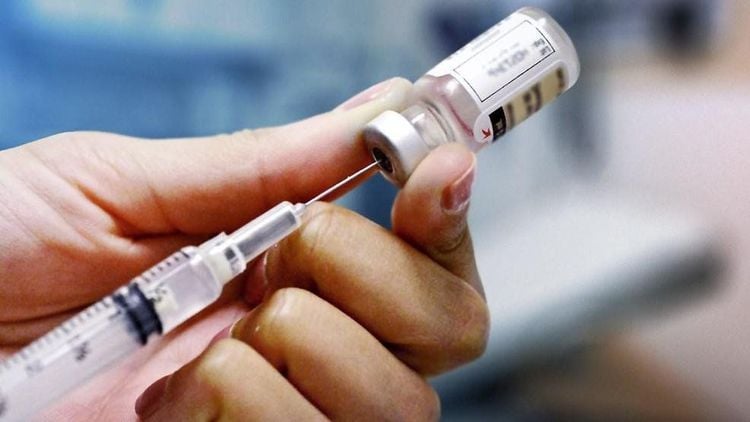
2.5 Monitoring and follow-up Monitoring:
● Sensation, pulse, blood pressure, breathing rate, temperature, SpO2.
Find and treat the cause.
● Monitor tests: blood sugar, electrolytes when needed.
Re-examination: Epilepsy patients need to be examined and treated by neurologists.
Please dial HOTLINE for more information or register for an appointment HERE. Download MyVinmec app to make appointments faster and to manage your bookings easily.
LEARN MORE
Febrile seizures in young children and the notes parents need to know for timely treatment Benign convulsions in infants High fever convulsions in young children: How to give first aid at home safely ?







